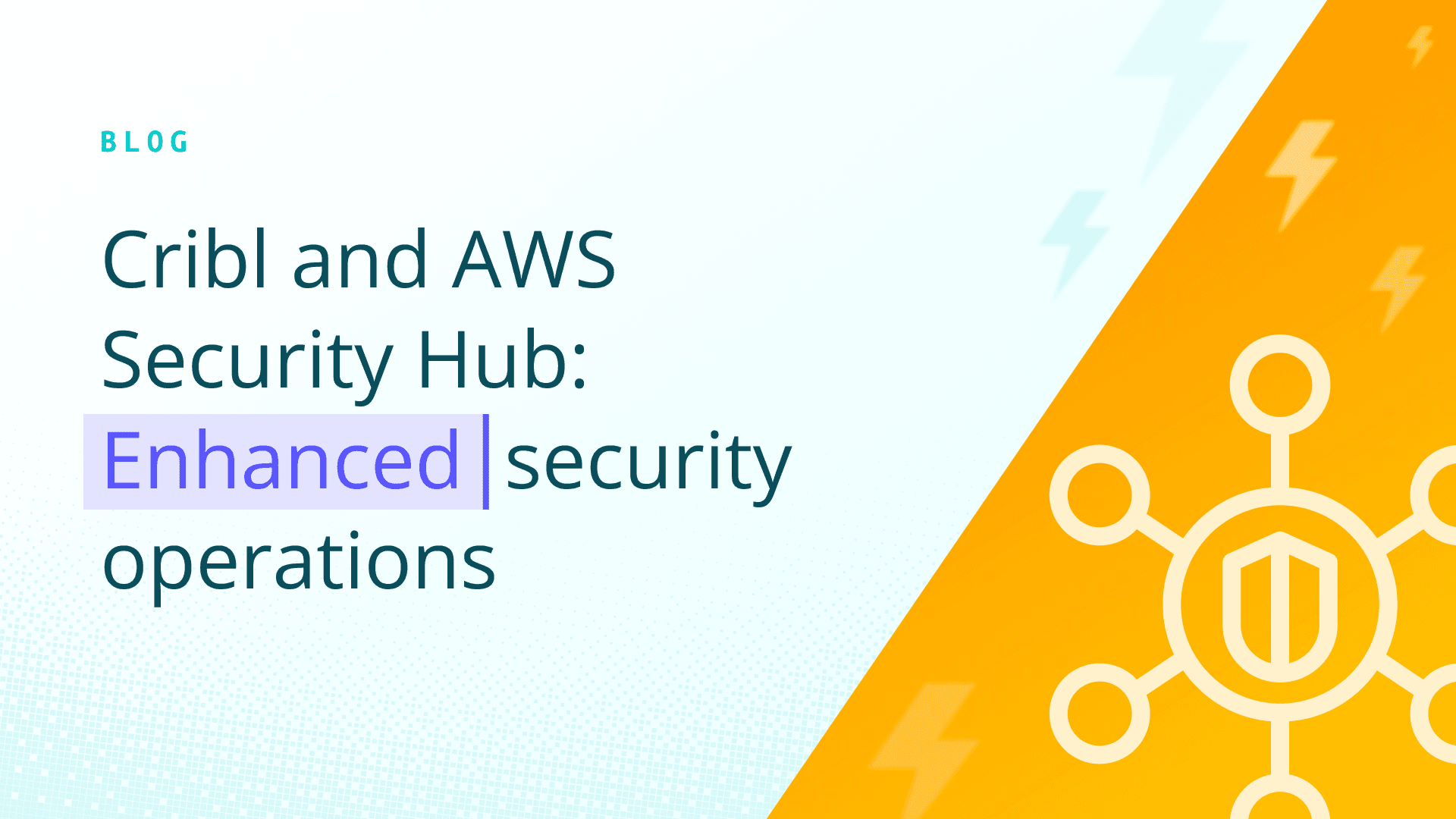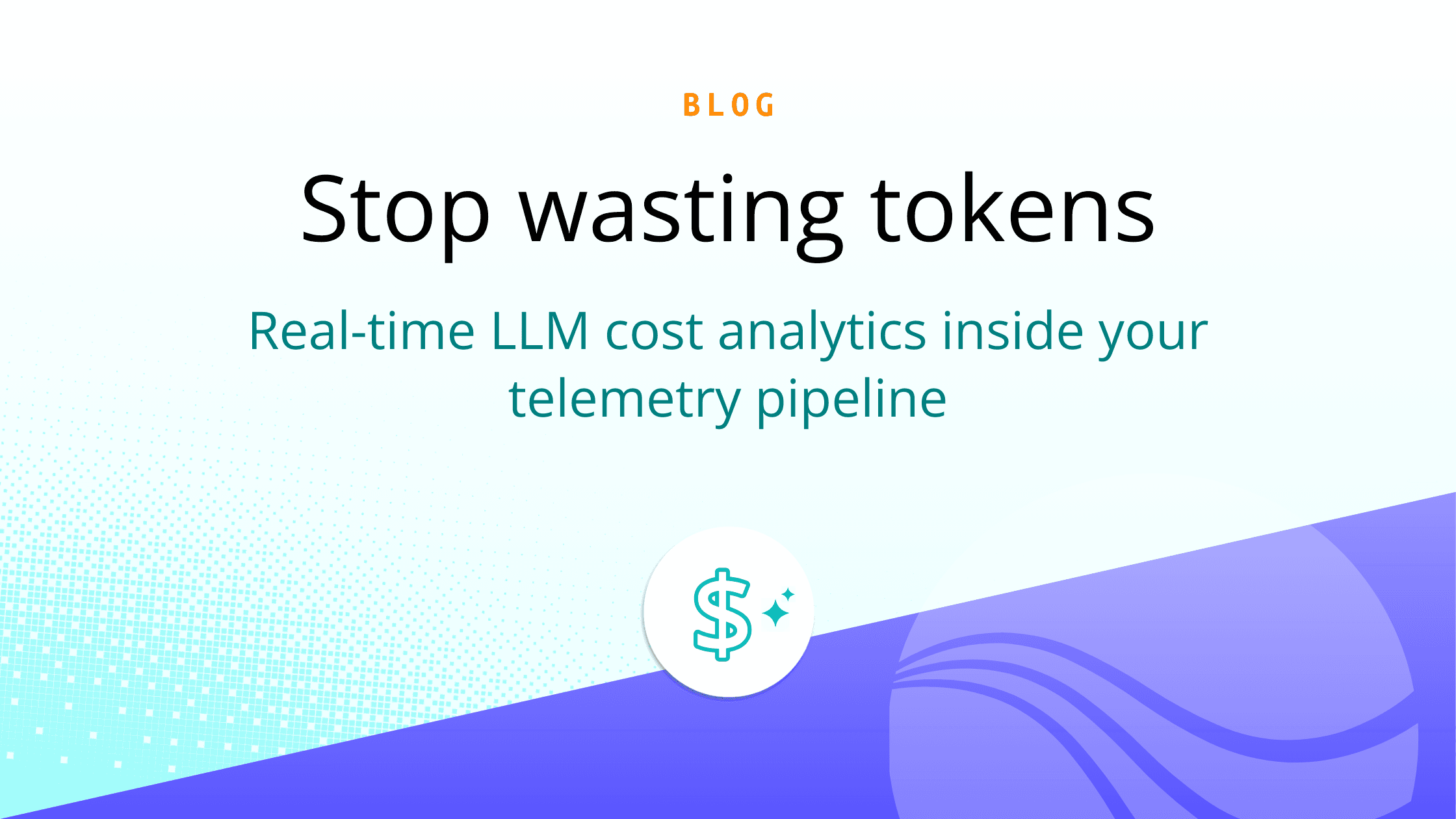Organizations today face a growing list of obstacles as they try to improve their detection, coverage, and accuracy. For one, data proliferation is happening at an astronomical rate. When was the last time your network bandwidth went down? What about your license costs for data storage or your SIEM?
Difficulties arise from overlapping and poorly integrated tools that generate disparate data streams and several operational efficiencies. If you can’t link to firewall IDs, alerts, endpoints, or other datasets, getting the high-fidelity data necessary to provide context for alerts and quickly do triage is impossible.
Is an Alert-Based Strategy Sufficient to Adapt to Modern Threats?
An alert-based strategy addresses security threats by identifying and responding to known attack types. It operates on the coverage principle, ensuring the system can recognize and alert security teams to specific, predefined threat patterns.
This method often involves a significant volume of alerts, which requires robust automation to manage and prioritize effectively. An alert-based strategy is also endpoint-centric, concentrating on devices within the network to facilitate immediate and direct incident response actions when an alert is triggered.
Alerts are certainly necessary, but they only capture information about known variables. You can leverage them when responding to an incident, but this approach is reactive. To stay ahead of the threat landscape, enterprises are adding evidence and breadth of coverage from the network.
Evidence-Based Strategies Are the Future of Threat Defense
Organizations can more adequately address modern security data management challenges by layering a more proactive and investigative approach in addition to alerts. An evidence-based strategy involves collecting and analyzing data across the network to identify and disrupt advanced attacks that don’t match known signatures or behaviors.
By gathering comprehensive evidence, you can enhance incident response (IR), analytics, and the automation of security processes. Evidence-based strategies are network-centric, providing a wider lens through which security teams can observe and collect a broad spectrum of evidence. This is crucial to uncovering subtle, sophisticated threats that might otherwise evade detection by standard alert-based systems.
Alert-Based and Evidence-Based Strategies in Practice
The Log4Shell vulnerability rocked everyone’s world when it came out. The challenge it presented was detection — it was unknown how prevalent the vulnerable class was across different systems and software. Security organizations struggled to see where there were vulnerabilities to ensure that no one was attempting an exploit. Alerting was crucial for detection and remediation in this case.
On the other hand, the SolarWinds attack forced organizations to look back six to nine months, making the case for the importance of evidence. Adversaries leave footprints, so maintaining detailed logs and using effective monitoring tools are essential for uncovering past breaches.
Amplifying Security Insights With Corelight and Cribl
Cribl Stream and Corelight are helping security teams address these increasingly sophisticated security challenges and implement their evidence-based strategies. Corelight specializes in network detection and response, providing detailed network transaction logs and insights derived from network traffic. Cribl’s observability pipeline can ingest, transform, and route that data from Corelight.
When used together, Corelight’s network data feeds into Cribl, where it can be parsed, enriched, and normalized before being sent to analytics tools, SIEMs, or other storage solutions. This combination allows organizations to optimize their security data, control costs by filtering and reducing data volumes, and improve the overall efficiency of their security operations by ensuring that high-fidelity data is available for analysis and response.
The Corelight Pack for Cribl Stream
All this is accomplished via Cribl Pack — a pre-built bundle of configurations that streamlines the integration and management of data from specific sources. The Corelight Pack is tailored to handle the rich network security data produced by Corelight sensors. It provides out-of-the-box parsing capabilities, meaning the complex network traffic data is immediately structured into a usable format.
The Corelight Pack also offers enrichment functions that can add contextual information to the data, enhancing its value for threat detection and analysis. By leveraging this pack, organizations can ensure that the voluminous data from Corelight is efficiently processed, enabling faster and more accurate security incident response.
The Corelight Pack protects against data proliferation and the inefficiencies of disjointed security tools — offering a cohesive platform that not only enhances the detection of known threats but provides insight into the unknown.
The Power of Network Evidence
A Corelight customer who was recently targeted by ransomware was able to leverage this deployment to swiftly pinpoint the breach’s entry point, its extent, and the affected areas. They discovered that the compromised data was outdated and that the attacker had not spread to other parts of their network — so they confidently decided against paying the ransom, knowing they could continue operations despite the threat.
By using Cribl and Corelight together, organizations can turn the footprints of adversaries into critical evidence to establish a robust defense and drive decisions that bring the best business outcomes. This combination expands visibility, bolsters detection, and accelerates investigations while maintaining data fidelity.
Watch this full webinar to learn more about how Corelight’s comprehensive security evidence pairs seamlessly with Cribl’s ability to enrich and efficiently route Corelight data to any platform without straining your SIEM or security budget.







